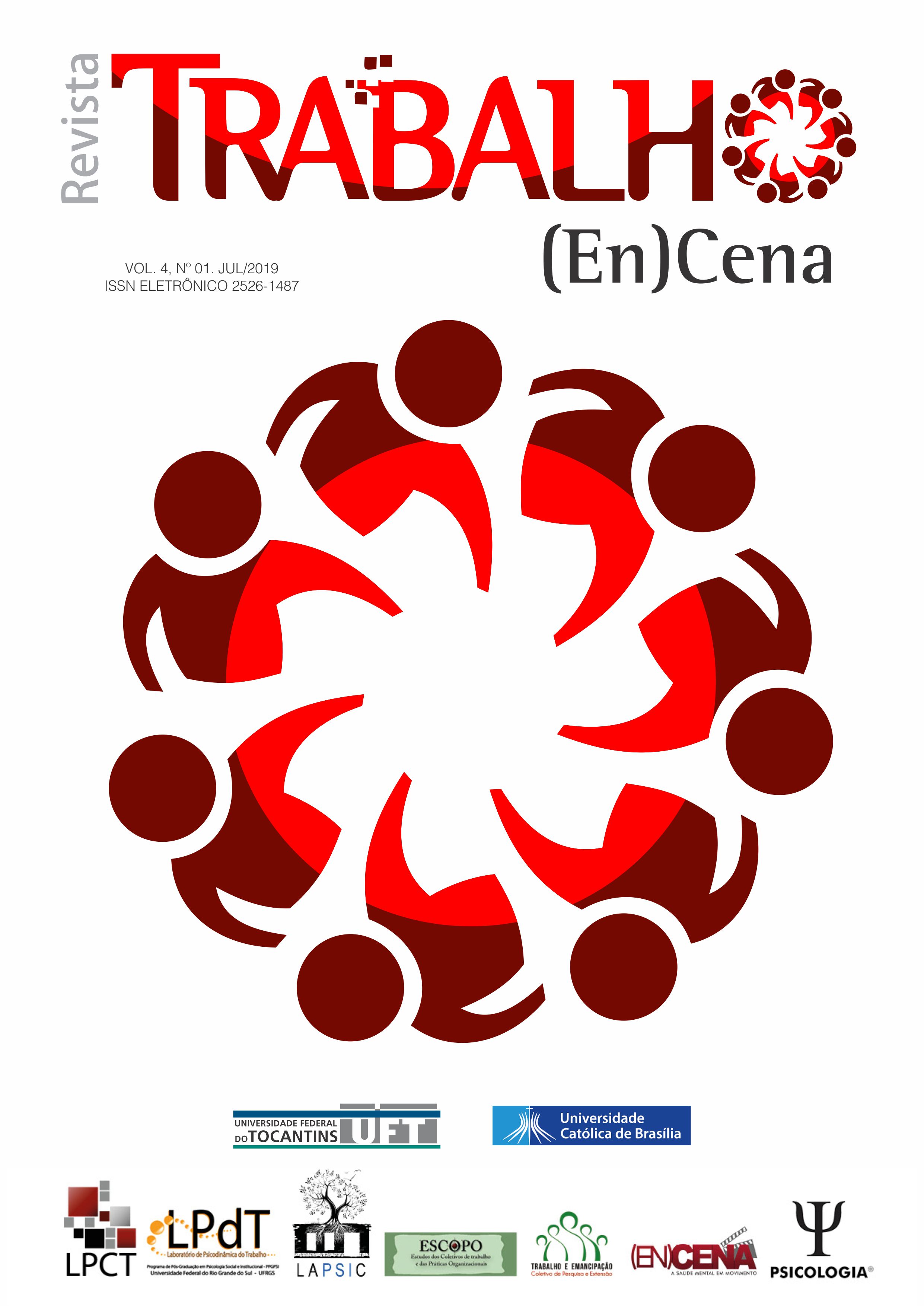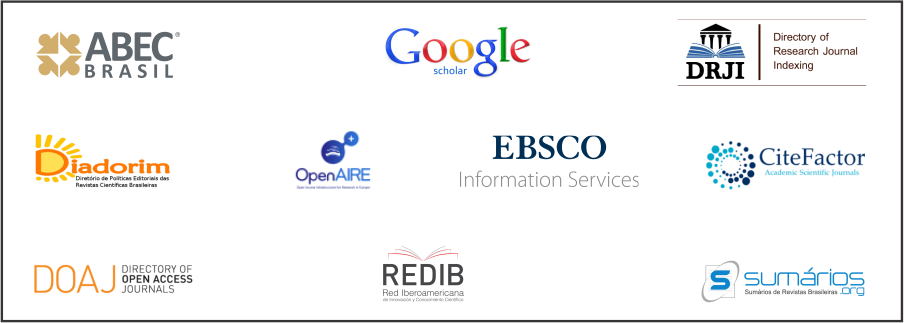Moral harassment as a strategy model in public service
DOI:
https://doi.org/10.20873/2526-1487V4N1P221Abstract
This article aimed to unveil the new management mechanisms of the contemporary public administration, the use of mobbing as a management tool. Changes in scene are based on excellence and productivity, engage all employees to the values and interests of the institution by the rules, goals, control systems and evaluations of processes. The qualitative study, was based on the statements of five workers who had clearance stories at work caused by mental and behavioral disorders and two interviews with managers of an public institution. As an ethical procedure, it was introduced the Informed Consent/TCLE, and the study was approved by the Research Ethics Committee of the University. The interviews were analyzed based on thematic analysis. In conclusion, the new management tools impose a symbolic, diffuse and gradual violence, and voluntarily submitt the workers to a new management order through mechanisms of control and coercion characterizing moral harassment.
Downloads
Published
How to Cite
Issue
Section
License
Os direitos autorais dos artigos publicados pela Revista Trabalho EnCena permanecem propriedade dos autores, que cedem o direito de primeira publicação à revista. Os autores devem reconhecer a revista em publicações posteriores do manuscrito. O conteúdo da Revista Trabalho EnCena está sob a Licença Creative Commons de publicação em Acesso Aberto. É de responsabilidade dos autores não ter a duplicação de publicação ou tradução de artigo já publicado em outro periódico ou como capítulo de livro. A Revista Trabalho EnCena não aceita submissões que estejam tramitando em outra Revista. A Revista Trabalho EnCena exige contribuições significativas na concepção e/ou desenvolvimento da pesquisa e/ou redação do manuscrito e obrigatoriamente na revisão e aprovação da versão final. Independente da contribuição, todos os autores são igualmente responsáveis pelo artigo.






